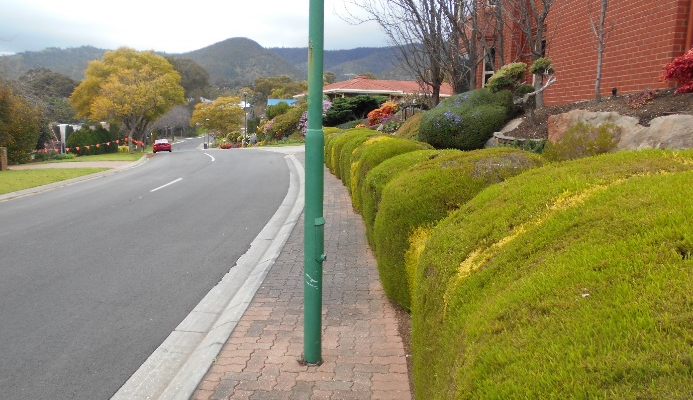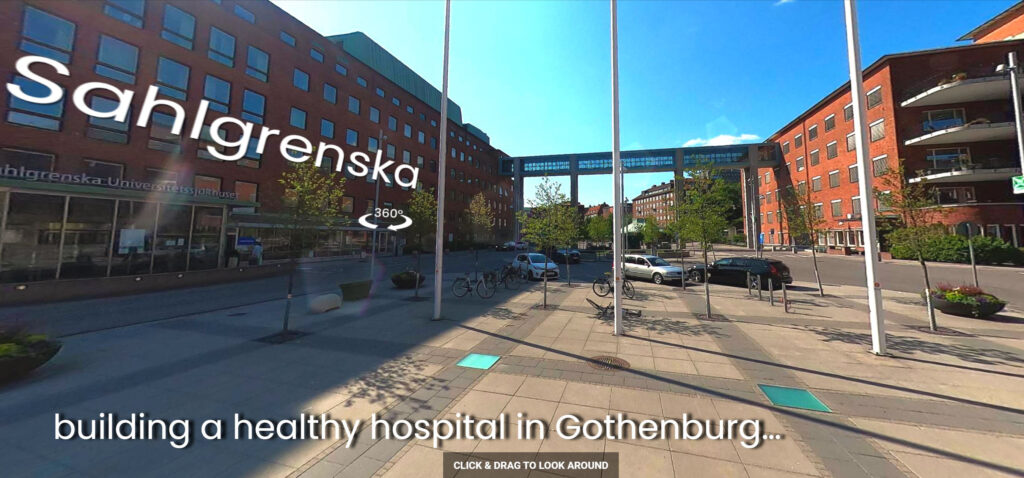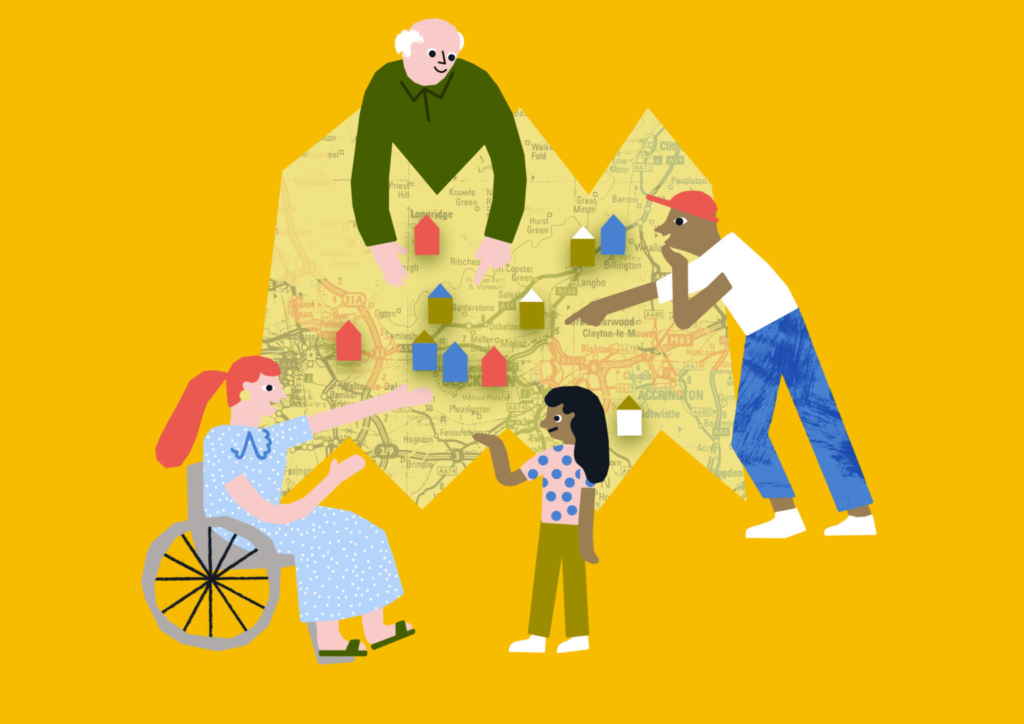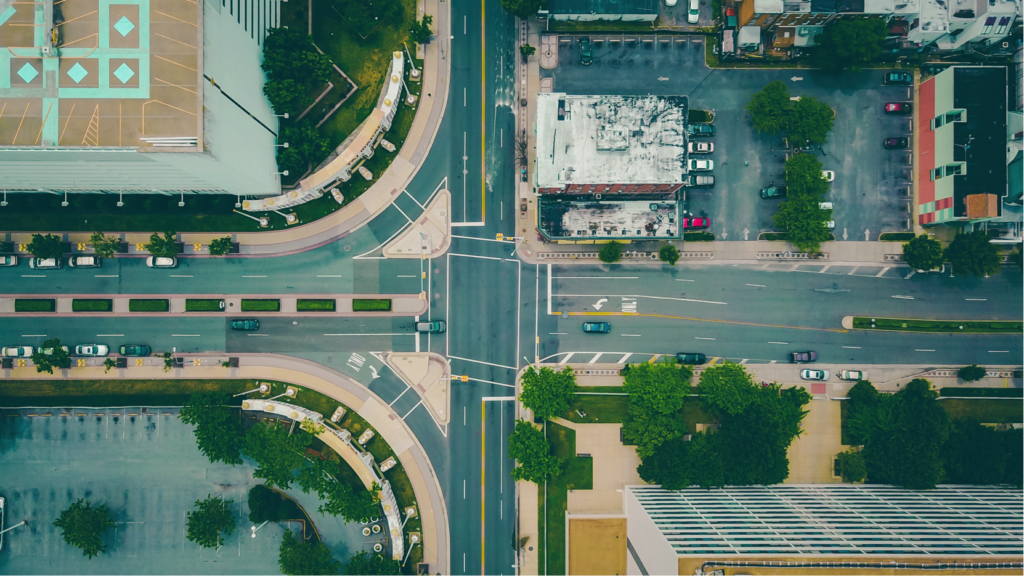City Know-hows

Share
Target audience
Policy makers for streets and the public realm, Planning departments, Citizens, Public health inclusion and physical activity teams.
The problem
The pedestrianization of northern Mainkai riverfront in Frankfurt brought the ongoing vehicular traffic to a halt and encouraged people to use the open street space. The experiment was discussed controversially in public and among policy makers. With the temporary experiment coming to an end in August 2020, the future of the Mainkai riverfront was in question.
What we did and why
The one-year-long experimental closure of the Mainkai street provided a rare opportunity to study an in situ urbanism ‘laboratory for change’ and impact on the public space usage. We studied diverse spaces by collecting peak hour pedestrian data, analyzing active spaces for children and observing stationary activities before the road closure during July 2019 and May 2020. This adds a qualitative perspective from eye level and captures possible effects on active mobility, accessibility and well-being.
Our study’s contribution
Our study underlines related initiatives world-wide that traffic calming acts as a catalyst for safer and healthier urban environments. Under the strictures of the coronavirus pandemic lockdown restrictions, the study suggests that (temporary) road closure to cars is a key element in changing the quality of public space to attract different user-groups and cater for an increased need to become physically active and engage socially, while in this case also keeping distancing rules.
Impacts for city policy and practice
Based on our study, we recommend to implement and extend the road closure experiments and their timelines during pandemic restrictions, as more people (especially children who were observed cycling) use the open public spaces showcasing a safe and healthy environment. Other ‘natural’ situations should also be sought during which natural experiments can be conducted.
Further information
Not available.
Full research article:
How do people use Frankfurt Mainkai riverfront during a road closure experiment? By Lakshya Pandit, Gladys Vasquez Fauggier, Lanqing Gu & Martin Knöll
Related posts

On this webpage, follow the Bötzowviertel case, a neighborhood streetscape analysis with pedestrian solutions.

How can community consultations in planning be more effective, inclusive, and be ready for the post-pandemic era? Results from the project Community Consultation for Quality of Life find that participation in consultation can lead to increased wellbeing for individuals and communities.

Health arguments are rarely used to justify urban policies in Latin America. A new urban health study suggests we can and should do better connecting